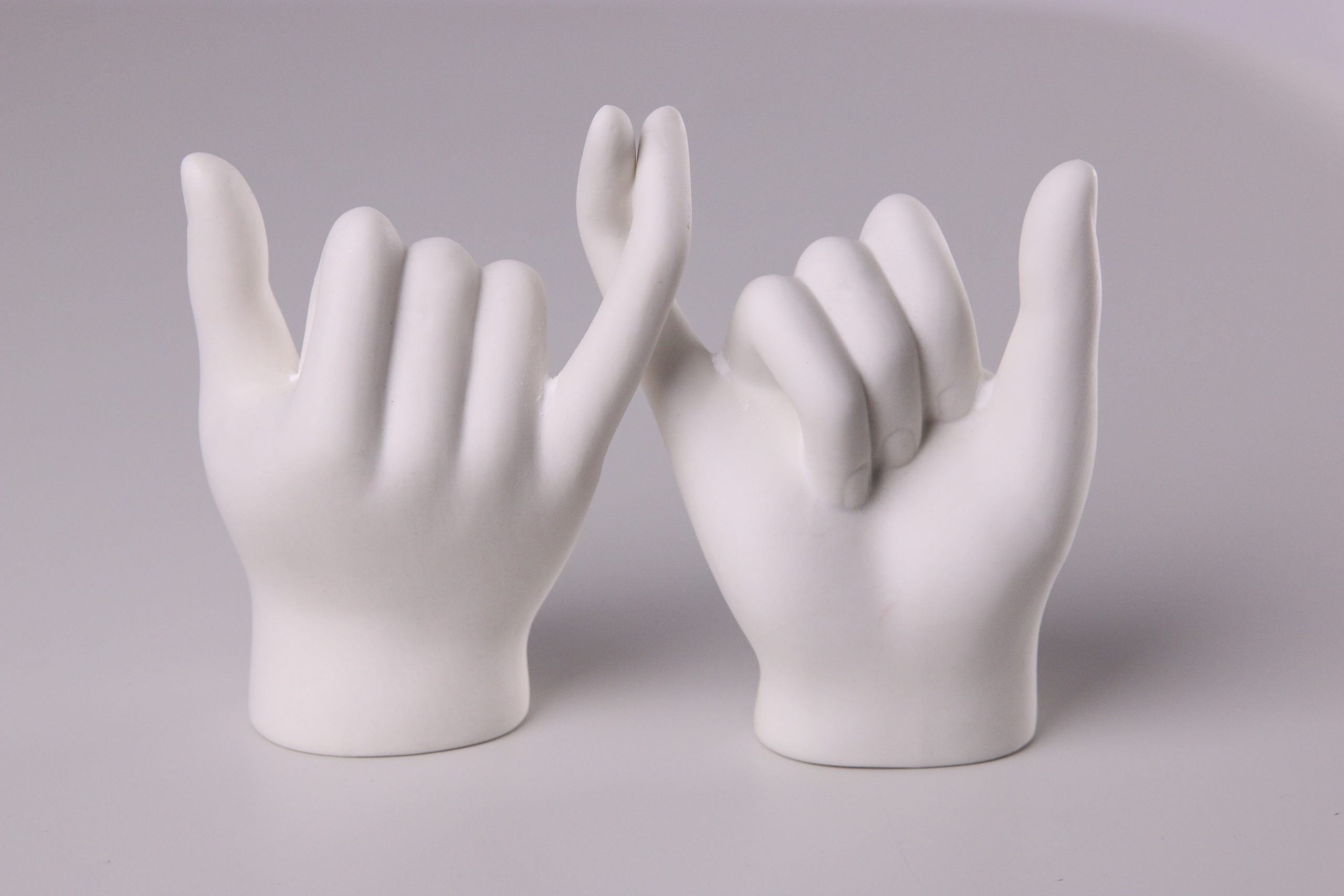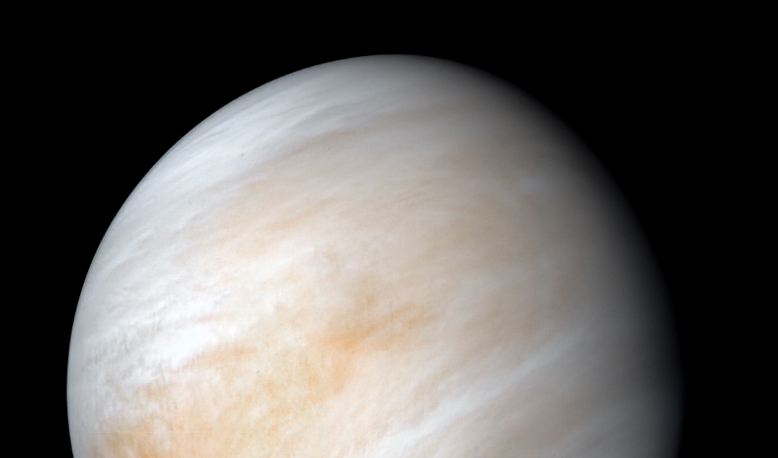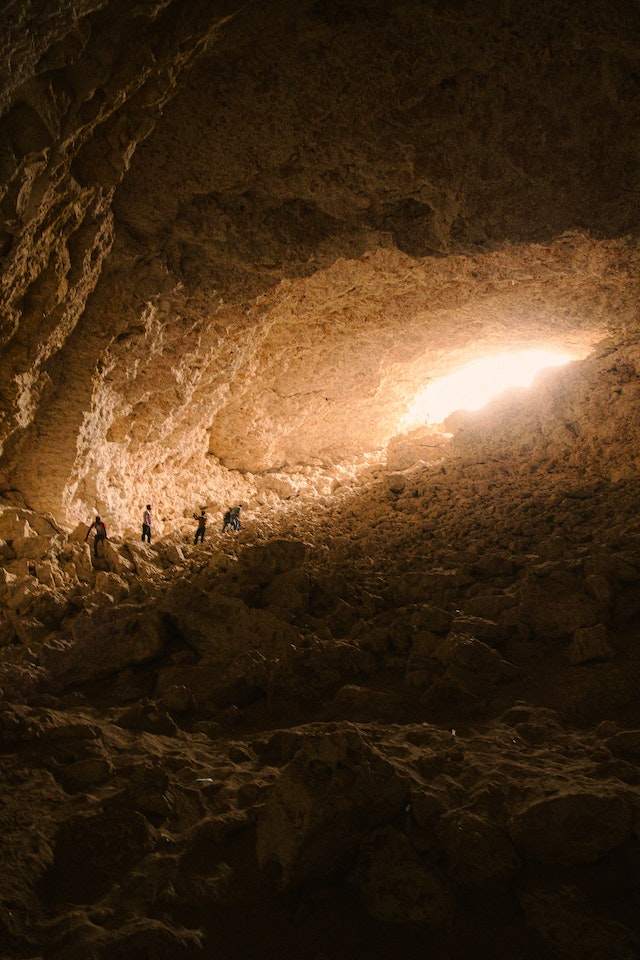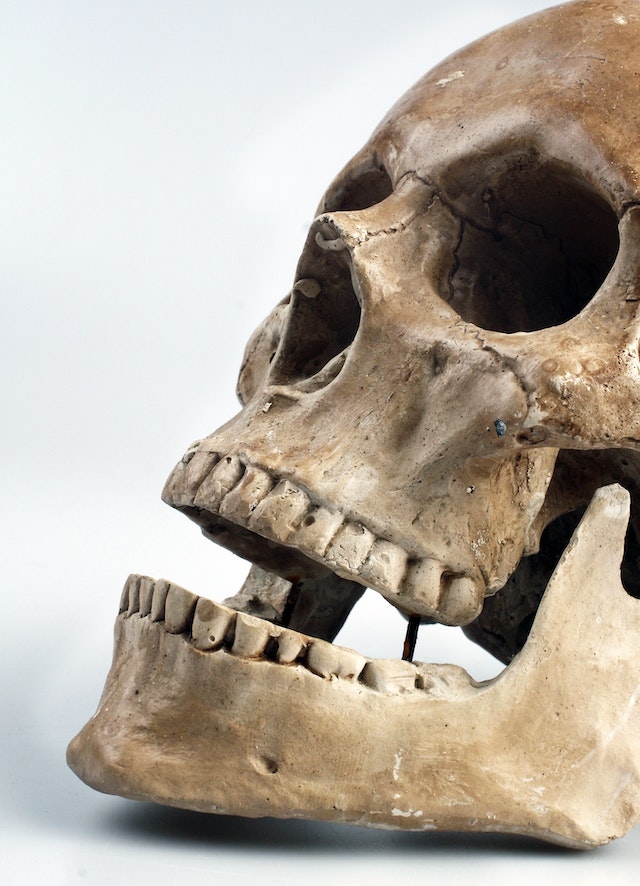Welcome to the fascinating world of scientific art, where science and aesthetics collide in a beautiful expression of creativity. From intricate illustrations of botanical specimens to stunning visualizations of complex data sets, scientific art has been captivating audiences for centuries. Whether you’re a lover of science or simply appreciate the beauty in nature, joining us on this journey through the history and modern applications of scientific art is sure to be an exciting adventure! So buckle up and let’s dive into the intersection of science and aesthetics.
What is scientific art?
Scientific art is a creative expression that involves the intersection of science and aesthetics. It is an innovative way to communicate scientific concepts using visual elements. Scientific artists use various media including drawings, illustrations, photographs, animations, and digital graphics to create their work.
The primary goal of scientific art is to make complex scientific information more accessible and understandable for all audiences. Scientific artists often collaborate with scientists to produce visuals that accurately represent research findings or data sets in an aesthetically pleasing manner.
One of the most important aspects of scientific art is accuracy. The images produced by scientific artists must be scientifically accurate while still maintaining artistic integrity. This requires great attention to detail, precision in measurements, and often extensive knowledge on the subject matter being represented.
Scientific art has long been a powerful tool for educating people about science as it can convey complex ideas quickly and effectively through visually appealing means. With advances in technology and growing interest in STEM fields, there has never been a better time for scientific art than now!
The history of scientific art
The history of scientific art dates back to the early years of modern science when scientists began to record their observations through drawings and illustrations. These records were not just intended for scientific purposes but also served an aesthetic purpose.
One of the earliest examples is Leonardo da Vinci’s anatomical drawings, which were detailed and accurate depictions of human anatomy that were used as references by medical students and doctors for centuries. Da Vinci’s artistic skills made his scientific work more accessible to a wider audience.
In the 19th century, photographers began using microscopes to capture images of microscopic organisms, revealing intricate patterns that had never been seen before. These photographs became works of art in themselves, blurring the line between science and aesthetics.
Scientific illustration continued to evolve throughout the 20th century with advances in technology such as electron microscopy and computer graphics. Today, scientific art encompasses a wide range of mediums including photography, digital design, sculpture, and installation art.
Historical scientific art shows how beauty can be found in even the most precise fields like science.
The intersection of science and aesthetics
The intersection of science and aesthetics is a fascinating topic that has been explored by many artists throughout history. Science provides the tools to understand the world around us, while aesthetics concerns itself with beauty and perception. When these two fields collide, they can create truly stunning works of art.
One example of this intersection is in scientific illustration. Scientific illustrators use their knowledge of biology, anatomy, and other sciences to create detailed drawings that are both scientifically accurate and aesthetically pleasing. These illustrations can be found in textbooks, museums, and even medical journals.
Another example is in data visualization. Scientists must often present complex data sets in a way that is easy for others to understand. By using design principles such as color theory and typography, they can turn raw data into beautiful graphs or charts that effectively communicate their findings.
The field of bio-art also explores the intersection between science and aesthetics. Bio-artists use living organisms as their medium to create thought-provoking pieces that challenge our understanding of life itself.
The intersection of science and aesthetics shows us how creativity can be used to better understand our world through visual representation.
Scientific art in the modern day
Scientific art has seen a resurgence of interest in recent years, as artists and scientists alike explore the intersection of these two seemingly disparate fields. With advances in technology allowing for new methods of creating and visualizing scientific data, there is a wealth of inspiration for artists to draw from.
One example is bioart, which blends biological research with artistic expression. This field allows artists to use living organisms as their medium, creating works that blur the line between science and art. Another example is data visualization, where scientists work alongside designers to create stunning visual representations of complex datasets.
Advances in 3D printing have also allowed for the creation of intricate models based on scientific concepts or structures found in nature. These sculptures can be both aesthetically pleasing and educational, highlighting the beauty inherent in scientific discoveries.
Modern scientific art offers endless possibilities for creative exploration and collaboration between disciplines. By bringing together different perspectives and ways of thinking, we can continue to push boundaries and expand our understanding of both science and art.
Conclusion
Scientific art is a fascinating field that showcases the intersection of science and aesthetics. From ancient times to modern day, people have been creating beautiful and informative pieces that inspire wonder and curiosity. Scientific art has helped us understand our world in new ways, from the smallest atoms to the vastness of space.
As we continue to explore and learn more about science, it’s exciting to think about how artistic expression can enhance our understanding and appreciation for this knowledge. With advances in technology and new scientific discoveries being made every day, we can expect even more stunning examples of scientific art in the future.
So next time you come across a piece of scientific art, take a moment to appreciate its beauty while also considering what knowledge it might hold within its intricate details. Who knows? You may just discover something new about our incredible world through this unique blend of science and creativity.










